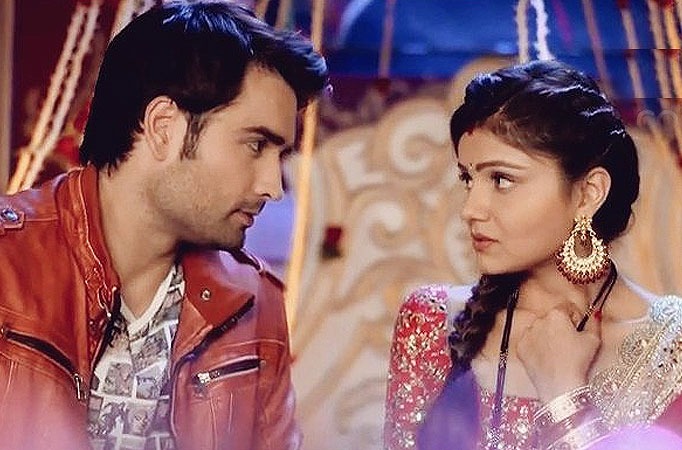Transgender rights in India have a long and complex history, marked by both discrimination and activism. The struggle for transgender rights in India is perhaps best exemplified by the popular TV series, “Shakti: Astitva Ke Ehsaas Ki,” which follows the life of a transgender woman named Soumya and her family as they navigate the challenges of acceptance and inclusion in society.
Transgender individuals in India have historically faced significant discrimination and marginalization, with societal norms and cultural values often rejecting and stigmatizing those who do not conform to traditional gender roles. Many transgender individuals have been forced into sex work or begging due to a lack of employment opportunities and access to education, healthcare, and other basic necessities.
It wasn’t until 2014 that transgender individuals in India were officially recognized as a third gender by the Supreme Court, a significant step towards inclusion and recognition of their basic rights. This decision paved the way for greater acceptance and visibility of the transgender community in India, and led to a number of policy and legislative changes aimed at addressing the unique challenges and needs of this population.
One of the most important pieces of legislation affecting transgender individuals in India is the Transgender Persons (Protection of Rights) Act, 2019. This law seeks to ensure that transgender individuals have equal access to education, employment, healthcare, and other basic rights, and also establishes a process for legal recognition of gender identity. The Act also criminalizes discrimination against transgender individuals and provides for penalties for offenses committed against them.
While the passage of this law was a significant victory for the transgender community in India, it has also faced criticism and controversy from some activists who feel that it does not go far enough to protect the rights and dignity of transgender individuals. Some have pointed out that the Act requires transgender individuals to undergo a screening process in order to be officially recognized as such, which they argue is discriminatory and violates their right to self-identification.
The portrayal of transgender individuals in popular media, such as “Shakti: Astitva Ke Ehsaas Ki,” has played a crucial role in raising awareness and promoting greater acceptance of the transgender community in India. The show has been praised for its nuanced portrayal of transgender characters, and for its exploration of the challenges and complexities of coming out and living as a transgender person in Indian society.
Despite the progress that has been made in recent years, however, the transgender community in India still faces significant challenges and obstacles to full inclusion and acceptance. Discrimination, violence, and stigma continue to be major issues, and many transgender individuals still struggle to access basic services and opportunities.
The fight for transgender rights in India is far from over, but the progress that has been made in recent years offers hope for a more inclusive and accepting society in the future. With continued advocacy and activism, and the support of allies and advocates from all walks of life, the transgender community in India can work towards a more just and equitable future, where all individuals are valued and respected for who they are, regardless of their gender identity.
